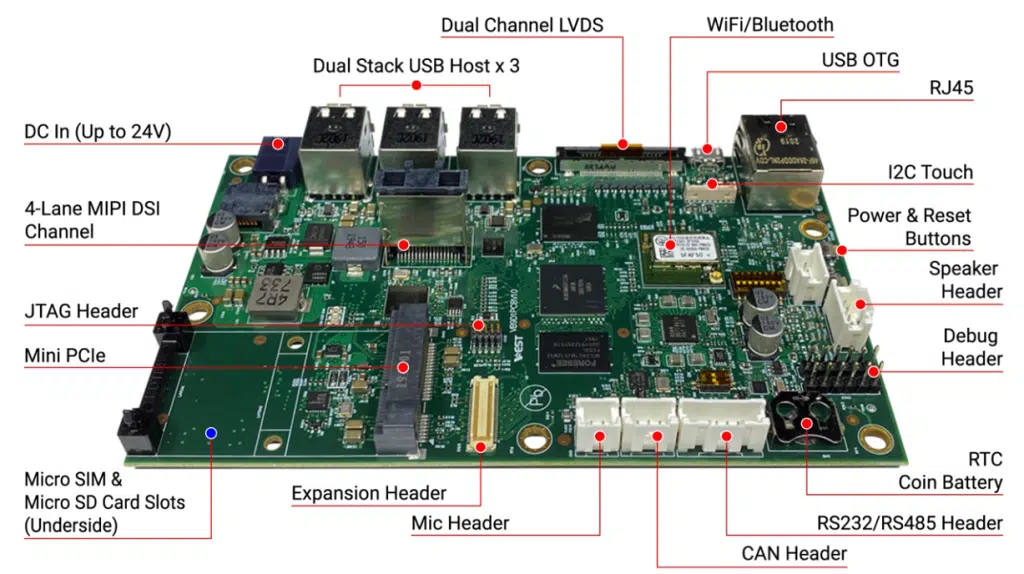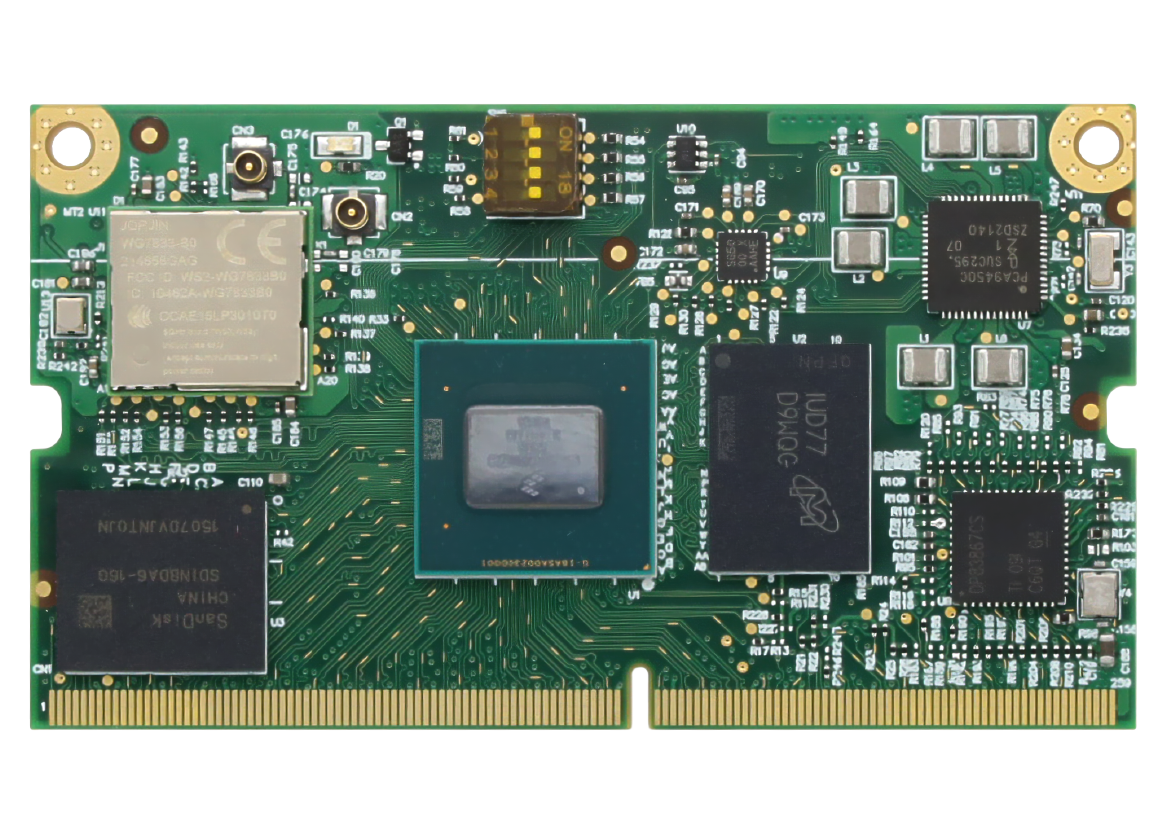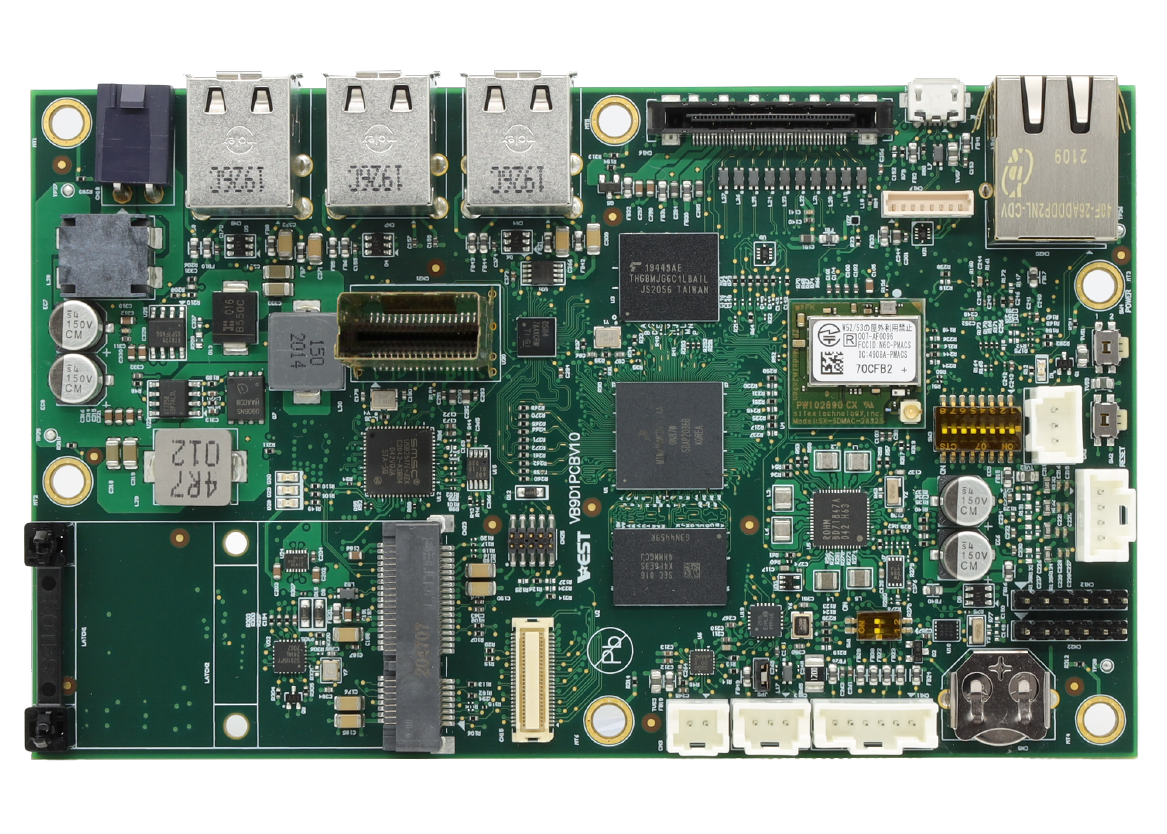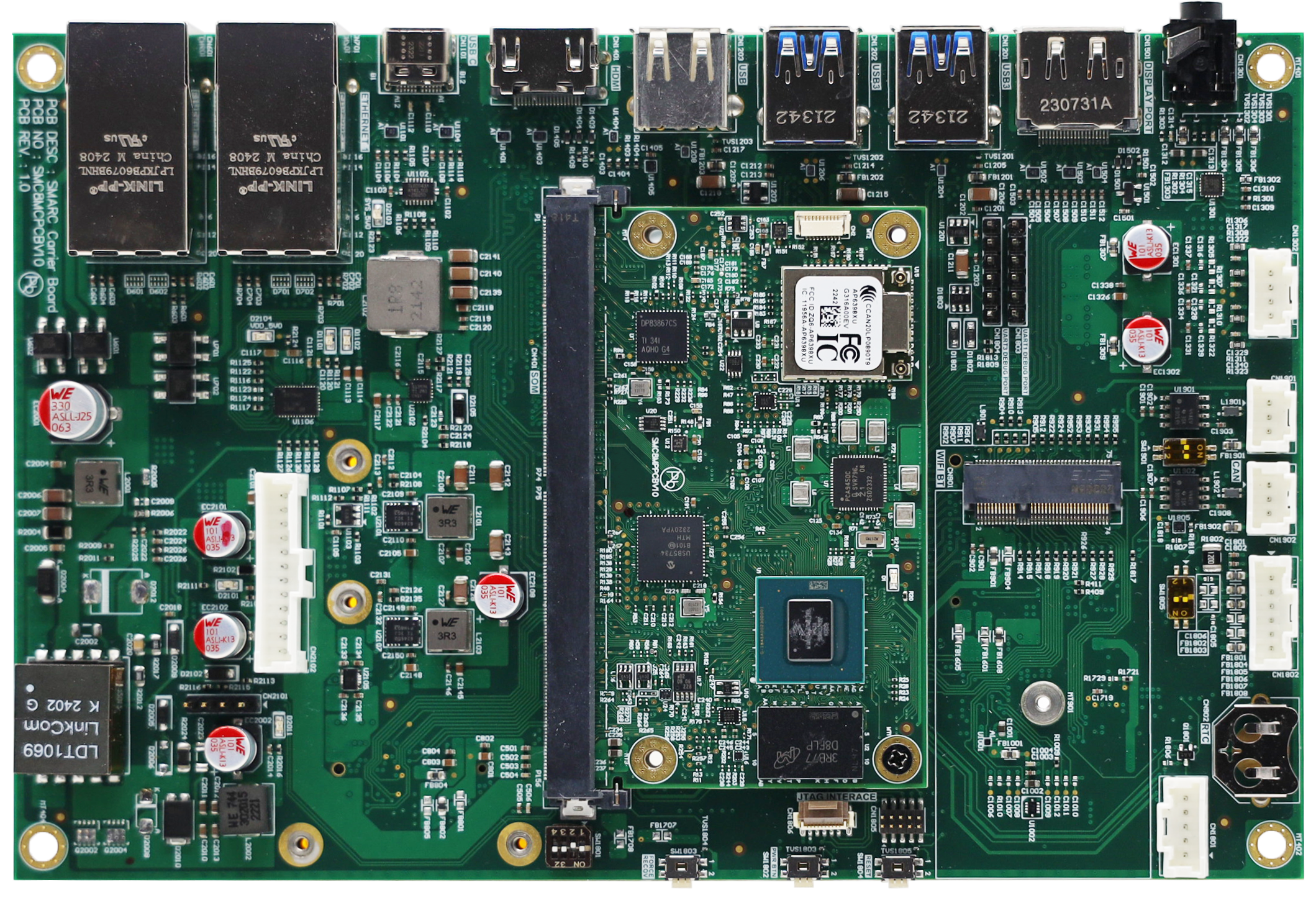
The i.MX 8M Mini-series of application processors is a feature and performance scalable multi-core platform that includes options for single, dual, and quad core based on the Arm Cortex-A53 platform combined with a single Arm Cortex-M4 core architecture. The NXP i.MX 8M Mini solution is a cost-effective choice for advanced graphics, audio, voice, and video applications while running the Linux or Android operating system (OS). Secure, high-performance, and connected, VEST i.MX 8M Mini SBC (E2I) provides the platform to develop the next generation of automation, digital signage, industrial control, medical devices, smart city and smart home applications.
In October 2020, Venture Embedded Solutions Technology (VEST) (www.apc-vest.com) introduced its newest, feature-dense Edge-to-Intelligent (E2I) platform. Built using the i.MX 8M Mini processor with up to four Arm Cortex-A53 cores and a single Arm Cortex-M4 core architecture, the platform has multiple available configurations; E2I-Pro and E2I-Standard provide different feature sets to meet your specific application needs while keeping costs in check. Both configurations offer Wi-Fi/Bluetooth and Ethernet connectivity options with an integrated secure element to ensure end-to-end security.
VEST SBCs incorporate the Microchip ATECC608, a security IC device that provides Trust&Go, TrustFLEX, and TrustCUSTOM elements for TLS based network secure authentication. This device is ideal for the rapidly growing IoT market by supplying the full range of security and authentication to systems running encryption/decryption algorithms. With the cryptographic security device, the SBC can also be used as an Edge Compute device providing a secure connection to any network/cloud of choice. The E2I comes equipped with all the necessary interfaces to support the latest video (MIPI-DSI), audio (SAI & PDM) and touch/gesture controls for an interactive UX experience.
Designers strive to achieve high-performance application processing while efficiently managing time critical embedded systems in a single System-on-Chip (SoC) package solution.
The i.MX 8M Mini Heterogeneous Multicore Processing (HMP) architecture allows the offloading of critical hard real-time tasks to the Cortex-M4 processor for extremely low latency while using the Cortex-A53 cores for performance-intensive GUI/HMI interfaces. The HMP architecture can also be used to improve security by separating the peripheral access from the OS. System integrity can be improved by controlling critical driver notifications independent of the OS updates.
The i.MX 8M Mini is NXP’s first embedded multicore application processor built using the advanced 14LPC FinFET process technology and is optimized for low power consumption. Combining this new advanced technology with the HMP architecture enables the i.MX 8M Mini family of processors to incorporate a higher-performance Arm core while at the same time improving power efficiency. Additionally, the Cortex-M4 core can run independently while the main Cortex-A53 cores are powered off. With commercial and industrial level qualification backed by NXP’s product longevity program, the i.MX 8M Mini family may be used in any general purpose industrial and IoT application. Furthermore, this recently introduced processor with the enhanced system reliability, security, and power efficiency of the Cortex-M4 low power mode, is well suited for the next generation of edge devices.
In Summary:
The NXP i.MX 8M Mini SoC comes with up to four powerful 64-bit Arm Cortex-A53 cores and a single Arm Cortex-M4 core, making it a cost-effective choice for running Linux or Android with a modern Human Machine Interface (HMI) while providing sufficient power reserves for the next generation of automation, digital signage, industrial control, and medical devices. Having different types of processor cores in a single SoC gives designers the flexibility of running a high-performance application while at the same time efficiently managing time critical embedded systems in a single SoC package.




